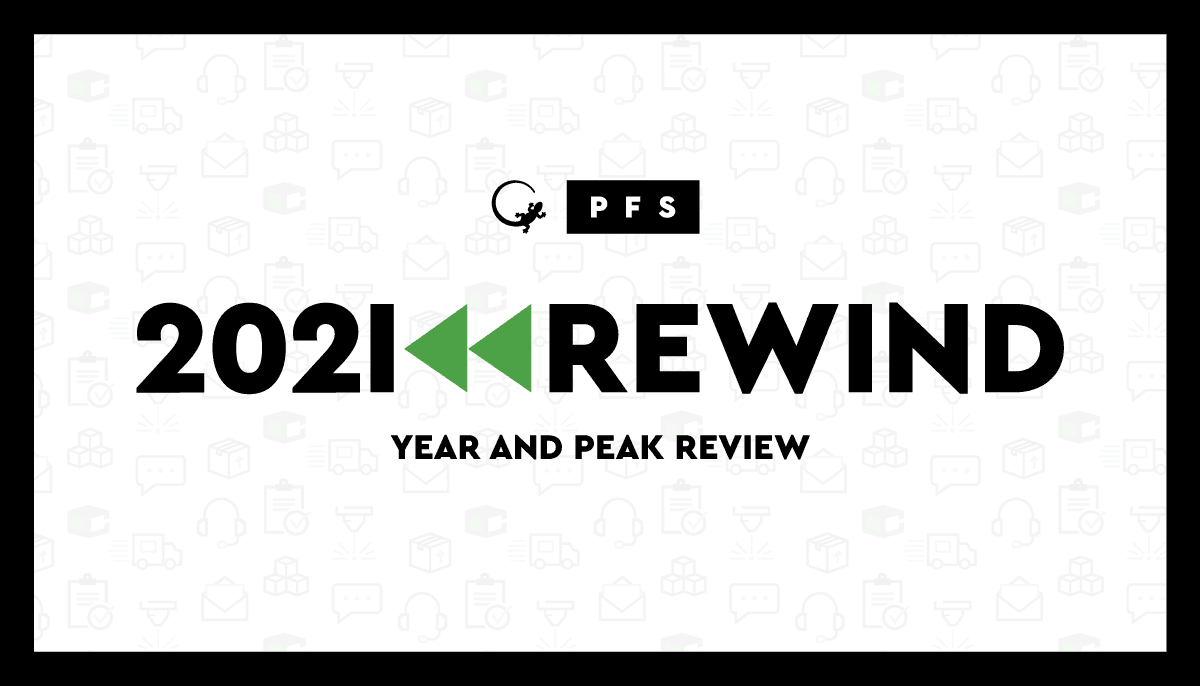
Learning to Ride the Wave: How Brands Can Keep Up with Unpredictable Retail Spikes
Throughout the summer season – to the excitement and rush of the pre-holiday peak – there are a number of retail events that can be anticipated by brands – but this isn’t always the case. While every effort is put into effective planning and forecasting, there are certain retail spikes that just cannot be foreseen. Such events can catch retailers completely off-guard, leaving them with little time to react and threatening their ability to fulfil and satisfy customer demand.
Take the UEFA EUROs for instance. While certainly on the radar for those providing sportswear – no one could have predicted the colossal surge in polka dot tie sales after England Manager, Gareth Southgate sported his lucky one throughout the tournament. According to John Lewis sales of its navy polka dot tie doubled in a week, while TM Lewin reported tie sales had increased 250% following the semi-final, with navy polka dots particularly popular.
For those who are able to pivot and react to surges in demand, the opportunity for increased sales and profitability is compelling. Being set up to support this from a fulfillment perspective, however, can throw a brand into a logistical nightmare. Optimizing operations by knowing exactly where stock is located, how much there is around, and being able to get products to customers as quickly as possible, is essential when customers want it now. Slow delivery and a poor fulfillment experience will simply not suffice – dealing with retail spikes through alternative fulfillment solutions must be considered.
So, what can retailers do to ensure they are agile enough practically to react in an increasingly unpredictable world?
Responding with alternative fulfillment solutions
The heatwave that enveloped much of the country at the end of May saw retailers and brands experience widescale boosts to sales – indeed, Next said that the extremely warm weather spurred on a flurry of summer purchases when combined with pent-up demand and fewer holidays abroad.
Another chop and change could be on the cards as the government adds more countries to its green list, or removes the system altogether, leading, in all probability, to a rush of people booking last-minute holidays, for which they may need new and seasonal items. While the effects of the pandemic on travel are likely to be felt for some time – retailers across the globe will be keeping a close eye on the latest government guidance in their regions as regions recover at varying rates.
In constant flux, micro-trends such as these require retailers and brands to rise abruptly and meet demand spikes at the drop of the hat. To not only meet this demand, but leverage it to their advantage, they must look to their existing fulfillment strategies, ensuring they are diverse and agile enough to pivot accordingly. This is where alternative fulfillment solutions come in.
Omnichannel methods such as multi-node fulfillment decentralize fulfillment operations, in turn shortening the supply chain, reducing transportation distances, and essentially getting inventory closer to customers. Distributed Order Management (DOM) technology makes it possible to divert orders to the appropriate inventory pool or use store inventory, reducing pressure on central distribution centers by employing strategic deployments of inventory across a multi-node network. By doing so, brands can easily locate stock and efficiently route orders.
Could temporary fulfillment be a more permanent solution?
Alongside unexpected retail spikes, brands must plan for unplanned events that might impact fulfillment, including adverse weather and supply chain shortages.
To overcome this, and in addition to embracing a multi-node fulfillment strategy, brands should also look to solutions such as pop-up distribution centers (pop-up DCs) with their lightweight software and hardware, to enable this flexible and temporary infrastructure piece. Often put in place in place to test new markets, or to keep up with planned promotions such as pre-holiday peak or Black Friday, they can also be utilized at any time to keep up with sudden demand in a certain area.
Utilizing existing store space is another option for retailers looking for a quick fix to support a sudden spike in demand. With the help of automated omnichannel technologies and solutions, store assistants can pick, pack, and ship orders direct from store.
Spikes impact more than just the warehouse
Retailers must be cautious not to overlook the impact of retail spikes on customer service teams. It’s not robots doing this shopping after all, it’s people – people demanding up-to-the-minute updates on their orders – with even the shortest of delays. Amongst periods of unprecedented demand, brands must treat customer service as a strategic priority, as increased volumes of orders inevitably lead to increased volumes of customers trying to get in touch with care teams.
Naturally, not every retailer or brand will have the capacity to deal with the additional strain on contact hours, whether that be due to a lack of staff, technology or even an adept contact center infrastructure. Often, outsourcing operations can be an easier, more cost-effective option. By outsourcing your customer care function through a trusted provider that can act as an extension of your brand, online retailers can harness the scalability needed to meet volume fluctuations throughout the year.
Having a flexible partner that can be scaled-up or scaled-back, depending on activity, means that brands can be agile and ready to respond when needed. While the pandemic has brought a lot of uncertainty, the opportunities for digital contact center development have increased. For example, there is now a wider talent pool to recruit from, multilingual abilities, fewer restrictions on certain times of day for agents given different locations, and updated cloud-based technology improving the experience for businesses all around.
Embracing unpredictability
As magnified by the first half of 2020, unpredictability is inescapable and can derail even the best-made plans. Still, that’s not to say retailers are completely helpless in the event of sudden retail spikes. Those who are proactive and take steps towards building agility and flexibility into their operations will be the ones that will fare better on the seas of unpredictability.
After all, retailers and brands that can prepare for all eventualities – whether it be a new trend that’s just gone viral or a sudden bout of good weather – will have the upper hand over their competitors. Not only in pipping them to the post but leaving them far behind in the distance on the road to success.


